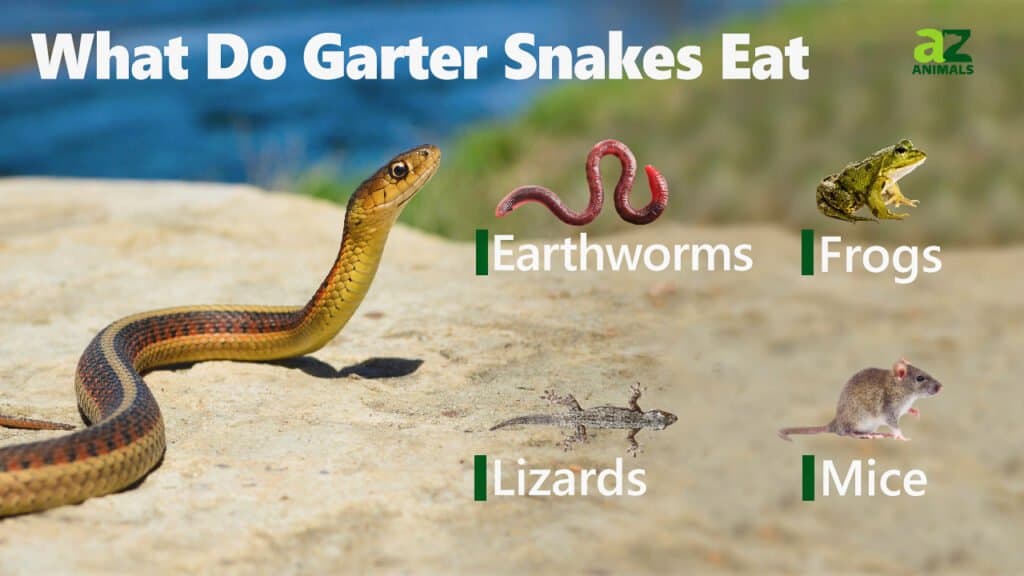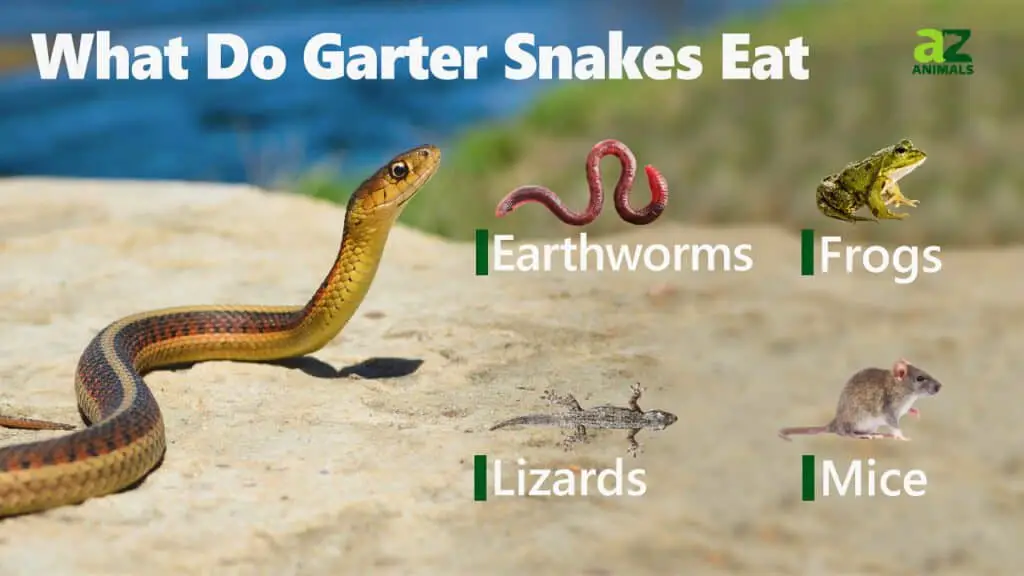Have you ever found yourself wondering what tiny snakes eat? Despite their small size, these slithery creatures have quite an appetite! Whether you’re a curious snake enthusiast or just interested in learning more about these fascinating creatures, you’ve come to the right place. In this article, we’ll explore the diets of various species of tiny snakes and discover what makes these creatures such efficient hunters. So, grab a snack (but maybe not a mouse), sit back, and let’s dive in!
Tiny snakes have a varied diet that includes insects, spiders, small rodents, and lizards. Some species of tiny snakes also eat other snakes, while others feed on eggs and amphibians. It’s important to provide the appropriate prey size for your pet snake to ensure their health and wellbeing.

What Do Tiny Snakes Eat?
Tiny snakes are fascinating creatures that come in a variety of sizes and species. They are often overlooked due to their size, but they play a crucial role in the ecosystem. Like all living beings, tiny snakes require sustenance to survive. However, their small size means that they have specific dietary requirements. In this article, we will explore what tiny snakes eat and how they obtain their food.
Types of Tiny Snakes
Before we dive into the specifics of what tiny snakes eat, it’s important to understand the different types of tiny snakes. There are many species of small snakes, including garter snakes, ring-necked snakes, and worm snakes. These snakes range in size from a few inches to a few feet. While they may differ in size and appearance, they share many similarities when it comes to their diet.
Tiny snakes are carnivorous, which means that they eat meat. They prey on insects, spiders, worms, and small rodents. Some small snakes even eat other snakes. Their diet is diverse, but they have specific nutritional requirements that they must meet to survive.
What Do Tiny Snakes Eat?
Insects are a primary food source for tiny snakes. They are quick and easy to catch, and they provide the necessary nutrients that the snakes need to survive. Some of the most common insects that tiny snakes eat include crickets, grasshoppers, and ants.
Worms are another essential food source for tiny snakes. They are rich in protein and are easy to digest. Tiny snakes will often seek out earthworms, which they can find in damp soil or under rocks.
Small rodents are also a part of the tiny snake’s diet. While they may not be able to consume larger rodents, they can eat mice, voles, and shrews. Tiny snakes are also known to eat other snakes, including those that are larger than themselves.
How Do Tiny Snakes Obtain Their Food?
Tiny snakes have a range of methods for obtaining their food. Some species are active hunters, while others are ambush predators. Active hunters will actively seek out their prey, while ambush predators will lay in wait for their prey to come to them.
Another method that tiny snakes use to obtain their food is by using their sense of smell. Snakes have an excellent sense of smell, which they use to locate their prey. They can detect the scent of their prey from a distance, and they will follow the scent until they find their prey.
Benefits of Tiny Snakes
Tiny snakes may be small, but they play an essential role in the ecosystem. They help to control the population of insects and rodents, which can have a significant impact on the environment.
In addition to their role in the ecosystem, tiny snakes are fascinating creatures to observe. They have unique behavior patterns and are incredibly agile. Watching them hunt and eat can be a fascinating experience.
Tiny Snakes vs. Other Snakes
While tiny snakes may be smaller than other snakes, they are no less important. They play an essential role in the ecosystem and have specific dietary requirements that must be met. Other snakes may hunt larger prey, but tiny snakes are just as capable of obtaining their food.
In conclusion, tiny snakes are carnivorous and eat a variety of insects, worms, and small rodents. They have specific nutritional requirements that must be met to survive. Tiny snakes use a range of methods to obtain their food, including active hunting and using their sense of smell. While they may be small, they play an important role in the ecosystem and are fascinating creatures to observe.
Frequently Asked Questions
Here are some common questions people ask about the diet of tiny snakes.
Do tiny snakes eat insects?
Yes, many tiny snakes primarily eat insects. Some common prey items for small snakes include crickets, beetles, and caterpillars. These small creatures provide the necessary protein and nutrients that tiny snakes need to survive and grow.
However, some species of tiny snakes may also eat other small animals like lizards, frogs, or even other snakes. It all depends on the species and their natural habitat.
What kind of food do baby snakes eat?
Like their adult counterparts, baby snakes eat a variety of prey items. However, they may require smaller and more frequent meals than adult snakes. Some small snakes may even eat newborn mice or other rodents.
It’s important to note that not all snakes are born the same size, so the exact diet of a baby snake will depend on its species and individual size.
Can tiny snakes eat fruits or vegetables?
No, tiny snakes are carnivores and require a diet that consists of meat. They do not have the digestive system to process fruits or vegetables and will not receive the necessary nutrients from these types of foods.
It’s important to provide tiny snakes with a varied diet of live prey items to ensure they are getting all the necessary nutrients for their growth and development.
How often do tiny snakes need to eat?
Small snakes have a higher metabolism than larger snakes and require more frequent feedings. Depending on the species, tiny snakes may need to eat every few days or once a week.
It’s important to monitor your snake’s weight and feeding habits to ensure they are getting the appropriate amount of food. Overfeeding can lead to health problems, so it’s best to consult with a veterinarian or reptile expert if you are unsure about your snake’s diet.
What are some tips for feeding tiny snakes?
When feeding tiny snakes, it’s important to choose prey items that are appropriately sized for their mouth. Live prey items should be moving to stimulate the snake’s natural hunting instincts.
It’s also crucial to ensure that the prey items are healthy and free from parasites or disease. If feeding frozen prey, be sure to thaw it out completely and warm it up to body temperature before offering it to the snake.
Feeding our TINIEST Snakes!
In conclusion, tiny snakes have a diverse diet that depends on their species and habitat. Some feed on insects, while others consume small rodents, birds, and even other snakes. Despite their small size, these slithering creatures are skilled hunters and can catch prey that is much larger than themselves.
It’s important to note that feeding tiny snakes requires careful consideration and attention to their individual needs. Providing a balanced and varied diet that includes live prey can ensure their health and vitality.
So, whether you are a snake enthusiast or simply curious about these fascinating creatures, understanding what tiny snakes eat can help you appreciate their unique role in the ecosystem and the importance of maintaining a healthy balance in the natural world.


